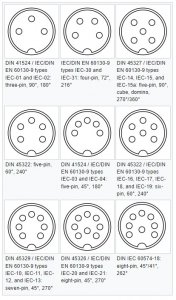If you really think you've damaged your phono section, the most likely culprit is the phono amp, IC101, RVIBA328MR. Maybe pick one up just in case if you can find one. OEM parts are getting scarcer by the day and you'll want to ensure you have the part available if/when you decide you want to replace it. Panasonic adds the RVI prefix on many of their parts... if you can't find it, just omit the RVI and you should be able to.
About a decade and a half ago, I had an RX-5150 that absolutely had all kinds of gremlins. After finding a couple of bad electrolytic caps, I decided that rather than expending a ton of additional diagnostic time on it (time is money too), I'd just replace all the caps on it. So every last electrolytic cap was replaced. When it went back together, all of the gremlins disappeared and the sound was magical. Modern caps are much more reliable and smaller than their vintage counterparts due to manufacturing improvements. It's absolutely possible for a recap to endure 40 more years but just avoid the mystery chinese caps, who often names them similarly to legitimate brands. Panasonic is a great cap to use, many people swear by them. I use Nichicon without reservation as they are usually cheaper than the Panasonic counterparts. Nichicon also has affordable audio grade caps (the gold ones). They are much more costly (by many factors) than non audio grade so while you can use them exclusively, you'll save a bit of money using them only in the audio path. The rest (bypass, stiffening) caps, etc do not benefit from the audio grade variety. To know which is why, you'll want to have a good schematic. Since most of my work is on audio electronics, I keep an extensive inventory of audio grade caps so while it is more economical to use non-audio ones, I don't hesitate to put those into service in any application. It's better than stocking several full lines of caps.
As for recapping the tuner, you'll only want to replace the electrolytic ones which have no effect on tuning alignment. Due to their inherent inaccuracy in value tolerance, that's not their purpose in tuners. Just be careful and not bend any other components or coils. It's easy to do. You might be looking at and tugging at a cap to dislodge it, but in the meantime, your other hand where you aren't looking might be pinching an area of the board where there is a FM coil. Absolutely stay away from the styrol caps, which are usually cylindrical with a clear shell and foil inside. They are high precision and critical in alignment alone with the ceramic ones.





